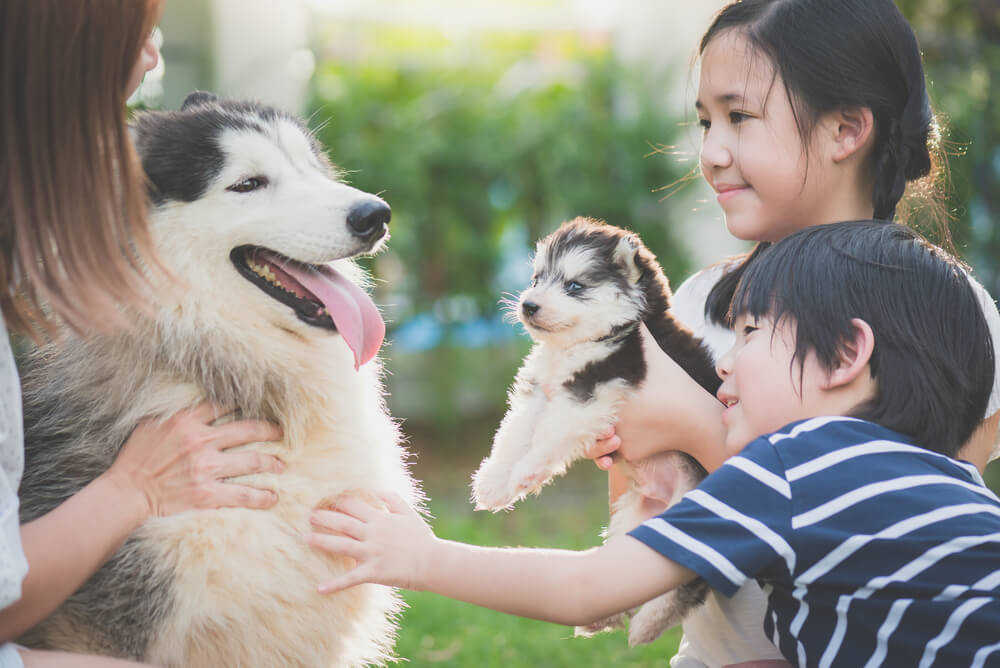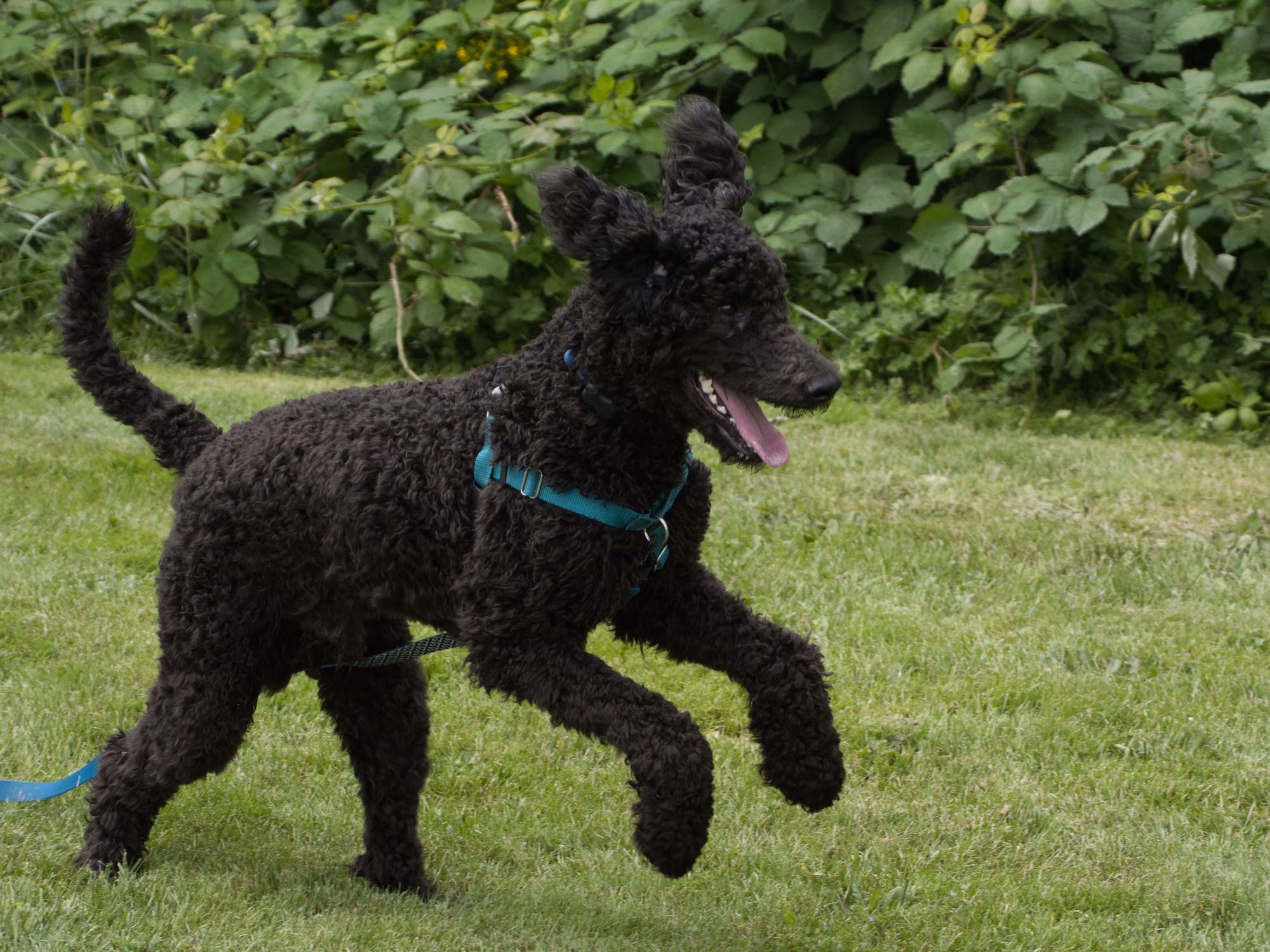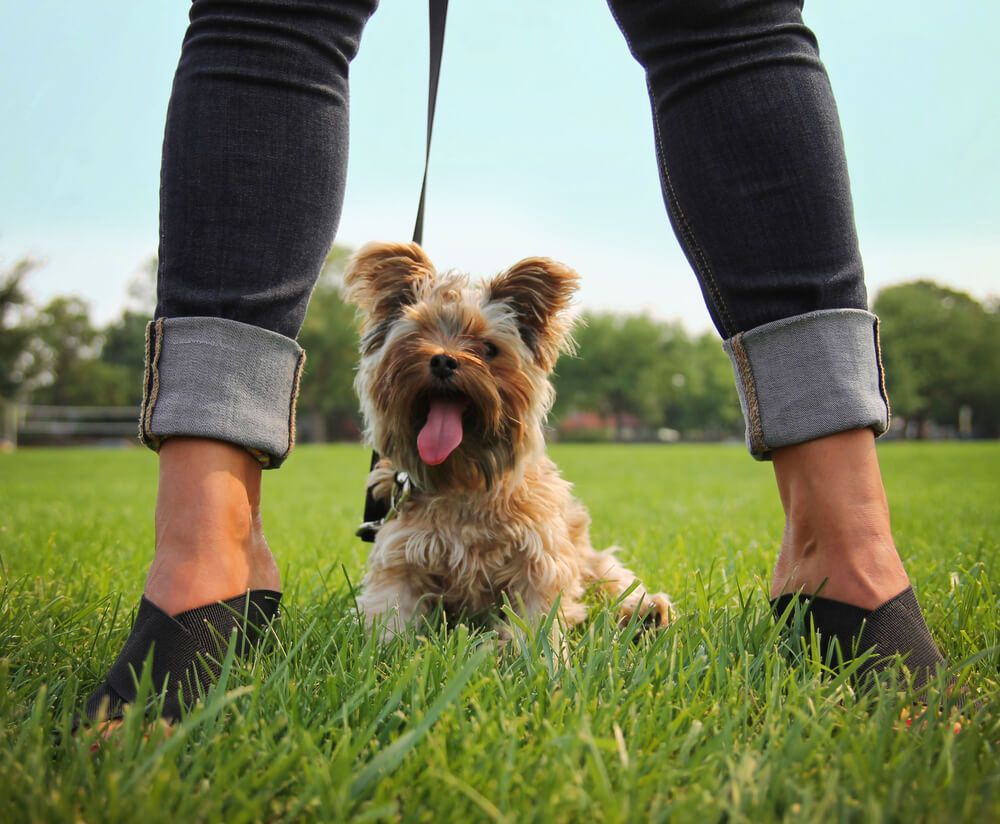Hey Ollie blog readers! We’re offering you an exclusive 60% OFF your starter box! Try now!
Bringing home a new dog or puppy to be a part of your family is so exciting. It can also be a little overwhelming or nerve-wracking. Before you bring home the newest member of your family, here are a few things to consider to make sure everything goes smoothly and it’s a great match.
10 best family-friendly dogs
While any dog can be a great family dog, these 6 breeds are among the best family dogs. This is due to their temperament, ease of training, and ability to live with other dogs or children.
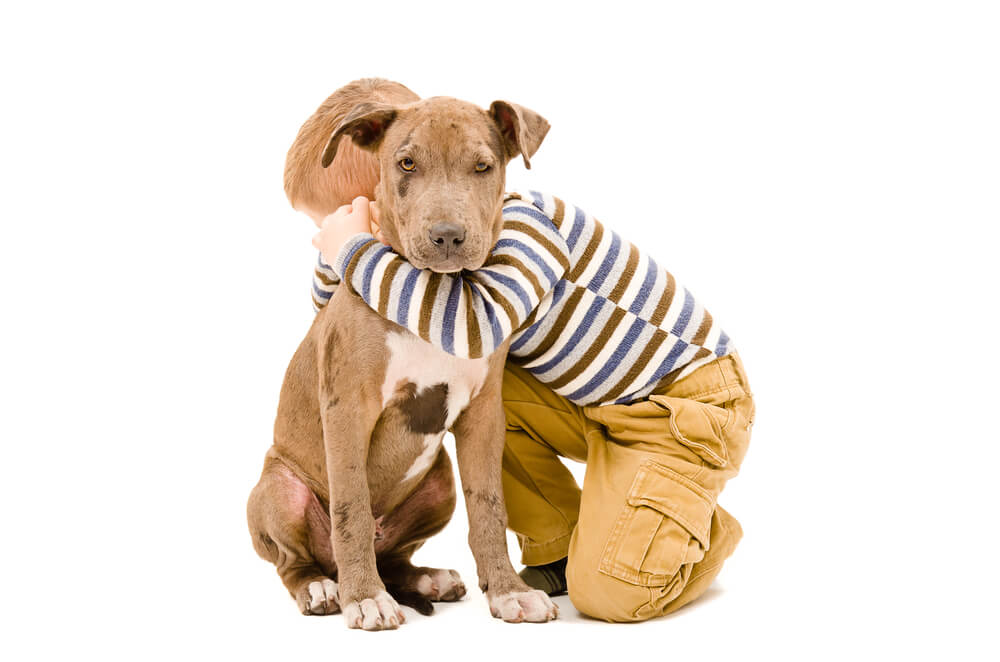
Pit Bull
While not a breed but a term used to apply to a group of dog breeds. These dogs are often referred to as the nanny dogs. Pit bulls can become very bonded to children. They are affectionate, easy to train, and most love to snuggle on the couch. They are low maintenance when it comes to grooming and tends to be healthy dogs.

Golden Retriever
Golden retrievers are popular among American families. They always look like they’re smiling, they’re active and great with kids but don’t like to be alone all day.
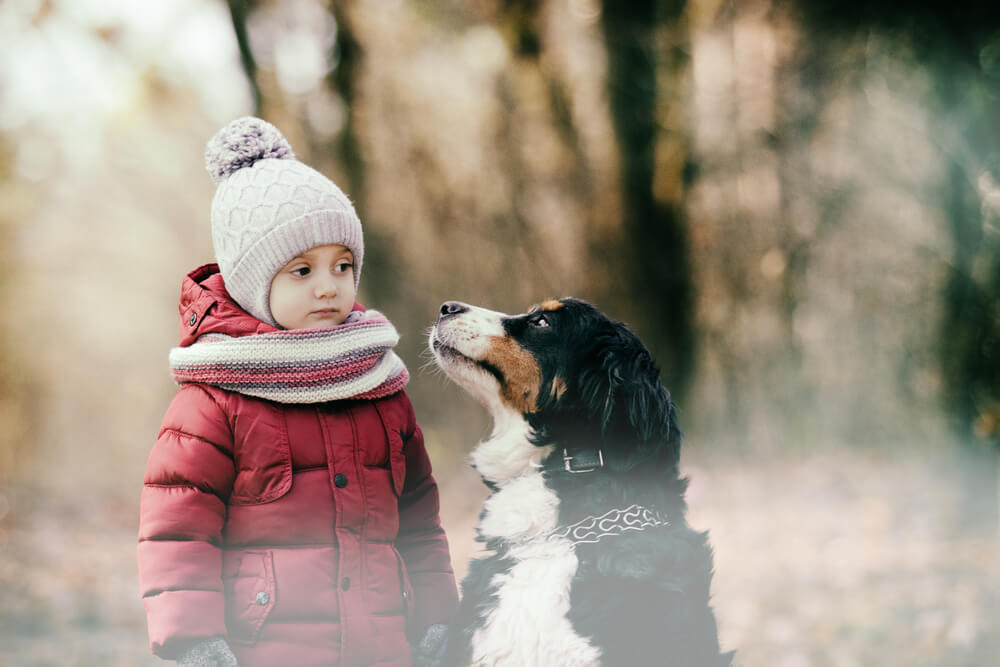
Bernese Mountain Dog
If you’re looking for a large and active dog, the Bernese mountain dog might be a good fit for you. If your family enjoys hiking and your kids are high energy, this dog might be a perfect choice.
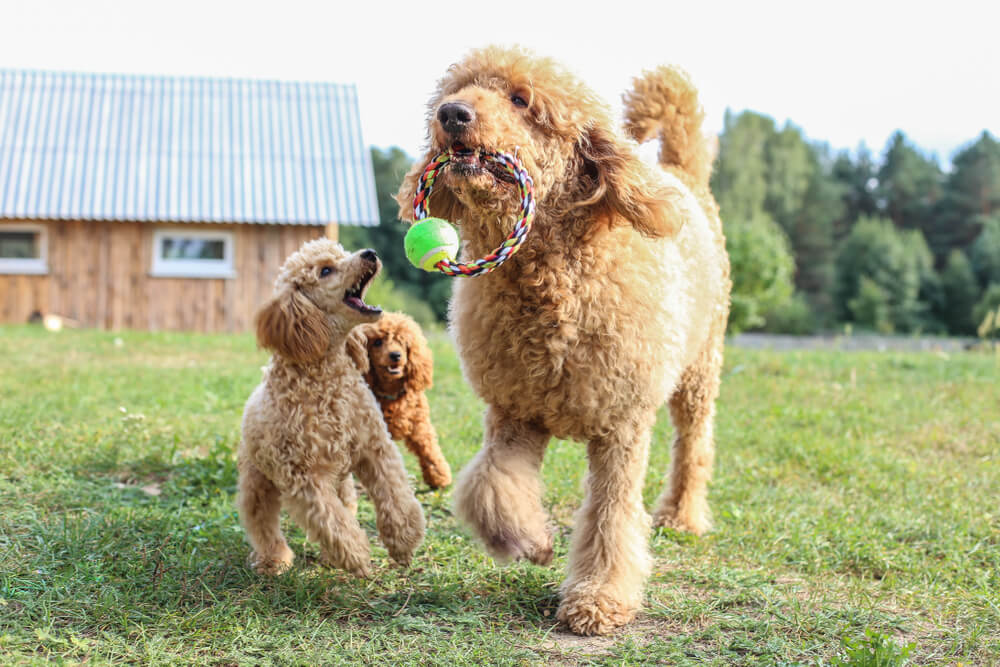
Poodle
Poodles are smart and easy to train. They may also be easier on folks with allergies as they are a breed with hair instead of fur. Poodles are often crossed with other breeds to produce dogs that are suitable family pets. These can include the Goldendoodle, Labradoodle, or Berndoodle. Make sure you research any of these breeds first.
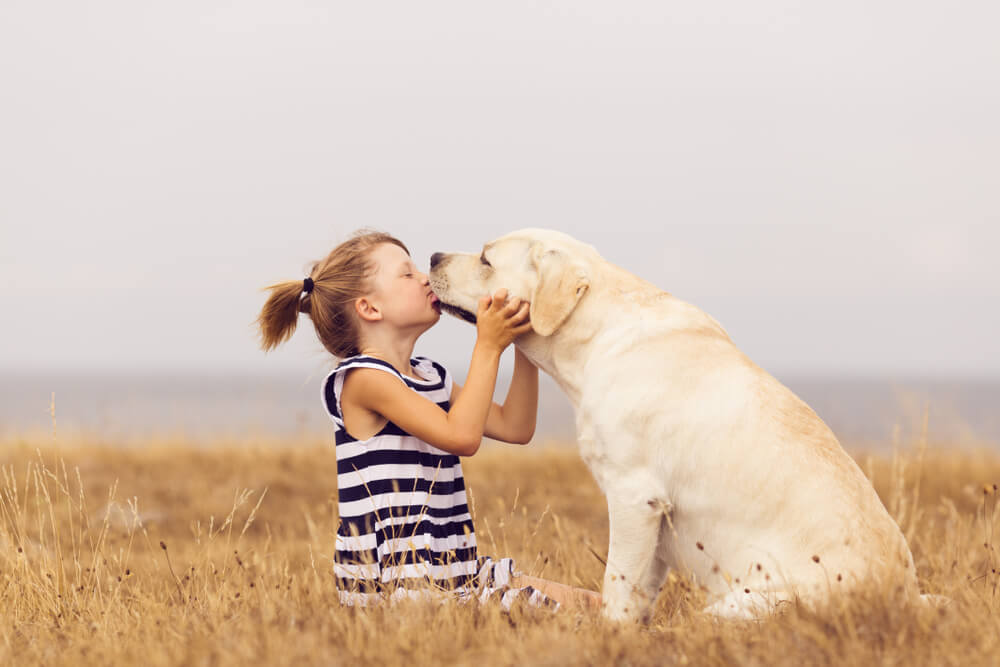
Labrador Retriever
Like Golden Retrievers, Labrador retrievers make great family pets. They come in several colors, including yellow, black, or chocolate (brown). Labs will likely always love to eat so you might have to regulate their appetite.
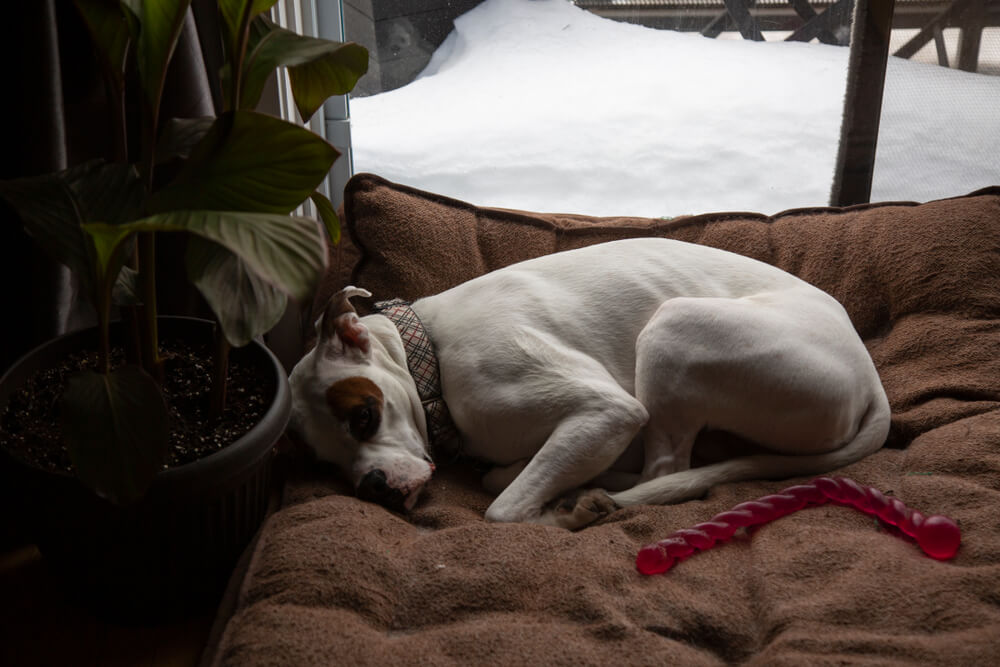
Boxer
High energy and friendly, boxers are a great fit for a family with children. They are known for their signature boxing move and are generally tall and lean.
Best small dogs for kids
If you have children and want a dog on the smaller side, try one of these four breeds!
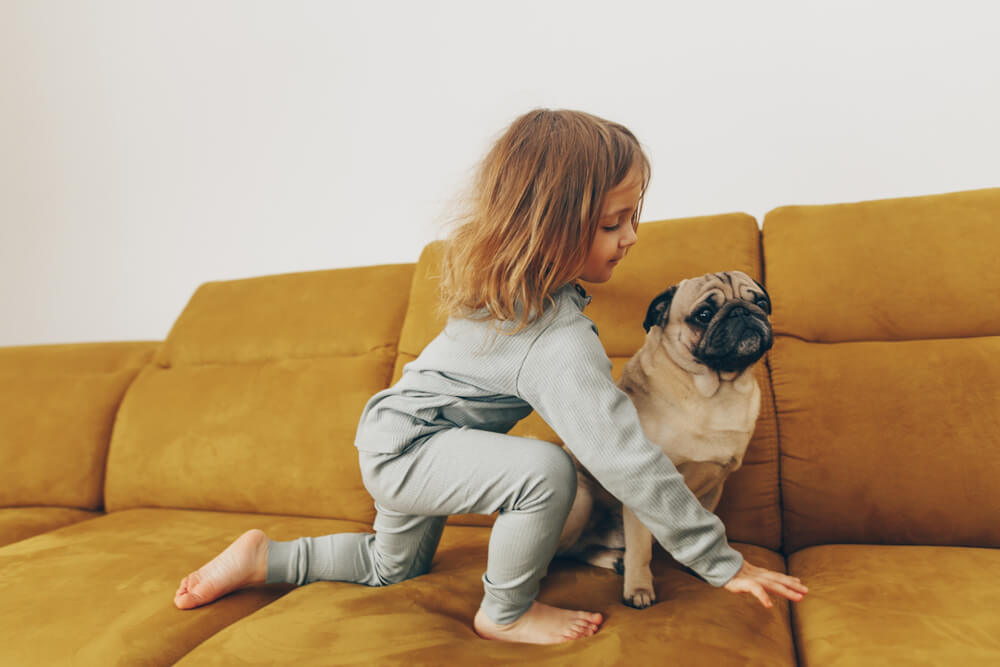
Pug
Pugs weigh in at only about 14-18 pounds. They were bred to be companion dogs and will be a perfect family pet. They are eager to please but watch out – they LOVE to eat and can easily become overweight.
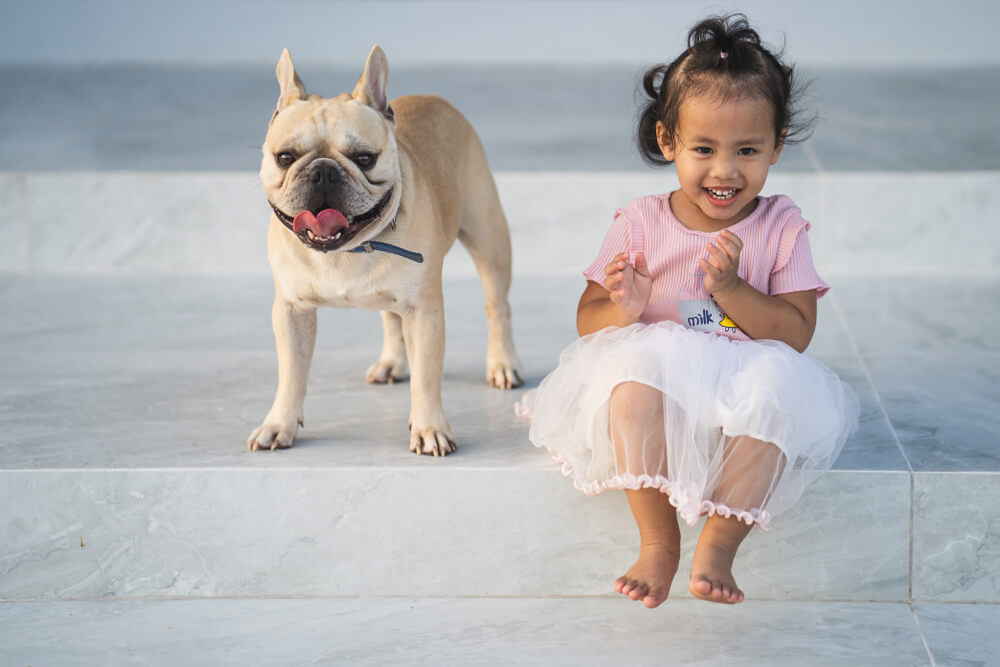
Bulldog
Another breed on the smaller side that is great with kids. Bulldogs are low to the ground and absolutely adorable.
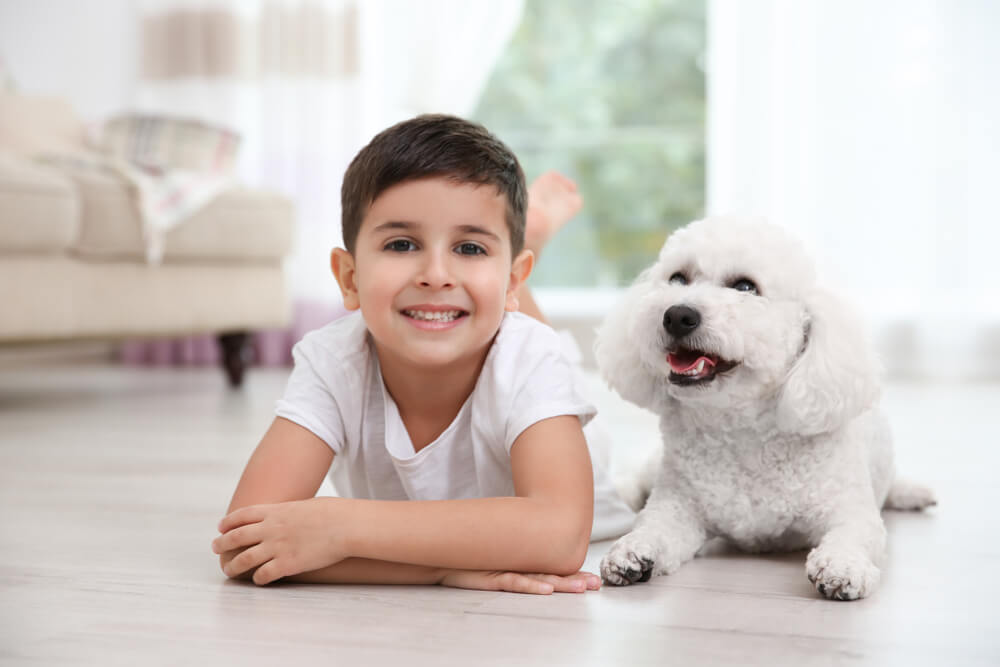
Bichon Frise
If you want a smaller dog that is also fluffy, consider a Bichon. Their personalities have been compared to those of Golden Retrievers but in a smaller body.
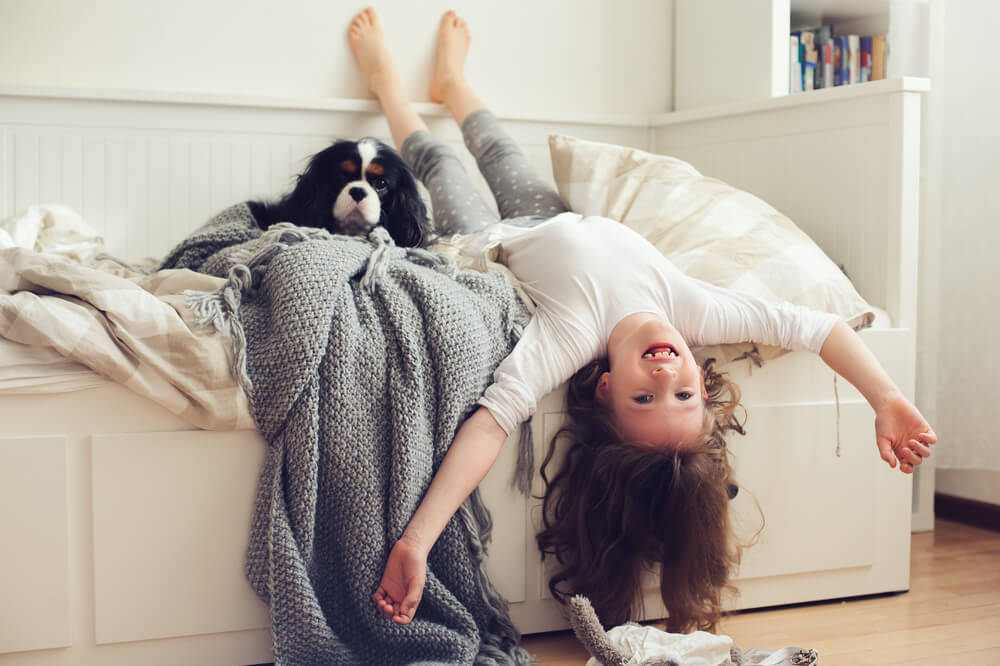
Cavalier King Charles
These adorable dogs were also bred as companions. Cavalier King Charles are friendly, easy to train, and make great family pets.
Are you ready for a family dog?
Before you bring home a dog, here are a few questions you should ask yourself (and everyone else in your home). “So many dogs end up in shelters because people didn’t ask themselves these questions, they’ll say things like, I didn’t know this dog would be so high energy, I didn’t know training a dog would take so much time, or I didn’t know the dog would shed so much,” says Jessica Lempert, CPDT- KA, a trainer with Philly and South Jersey Unleashed. She also mentions that she’s been called in to help families adjust after the fact. But, by using these questions to help you decide if you’re really ready and being honest with yourself about what you can handle, you’ll set yourself up for success.
- Are we allowed to have a dog, and are there any breed restrictions because of where we live?
Make sure you’re clear on the rules about where you live if you’re in a condo, townhouse, or rental property. Your Homeowner’s association, landlord, or property manager might have rules about dogs. This could include prohibiting dogs or regulating the number of dogs a person can have, maximum weight, or even breeds that are allowed. You should also consider what might happen if you have to move. Will your new pet be able to come with you? If the answer to this is no, that doesn’t mean you can’t have a dog. You could consider long term fostering or another shorter-term commitment.
- Is everyone excited about the dog and going to help take care of him or her?
Dogs are a lot of work. They need to be fed, walked, and picked up after every day. They also need a lot of attention. If you don’t think everyone in the family will pitch in, you want to carefully consider if you (and/or your partner) can adequately take care of the dog. Jessica says that as a trainer, one of the biggest things she sees with clients is when one person wants a dog, but their partner does not. Usually, the partner who didn’t want the dog becomes resentful or doesn’t participate in training. Before you bring home a new pet, make sure everyone is on board and has had a chance to discuss how much they’ll be involved.
- How will the dog spend its days?
It is very important to consider how your pet will spend its time. If you’re planning to adopt through a rescue, they may ask you about this as well. You want to make sure that your pup is getting adequate mental and physical stimulation. Dogs that are crated for most of the day and/or isolated can develop anxiety or may start showing some destructive behaviors. If no one is home for most of the day, consider a dog walker or doggie daycare. Make sure your pup is getting exercise and attention while you’re out working. You also need to consider travel. Do you travel frequently? If you do, who will care for your pet while you’re out of town?
You also need to factor in some time for training. When you first bring your new pet into your home, you may want to consider attending some training classes together. Not only will it help your dog learn some manners, but it will also be an awesome bonding experience for you.
- Who will be responsible for training the dog?
This is especially important for a young puppy who needs to learn about the world and how to behave. Everyone in the house should be involved in the training. Consistency is important, or dogs can get confused easily. If you have a bigger family or are bringing a new puppy into a home with other dogs, you may want to consider some private lessons in your home in addition to some group classes.
- What will happen if the dog gets sick or injured?
Dogs need routine medical care, just like humans. You need to make sure you’ve accounted for the financial cost of owning a dog. Food, wellness exams, and routine vaccines are all fairly predictable costs, but what about if your pup gets sick or hurt. How much are you willing or able to spend on their care? You can proactively build a savings account for an emergency or consider pet health insurance. Petplan, Trupanion, and Embrace offer great plans. Before you bring home your puppy or new dog, you can shop around and gets some idea of coverage and costs for an insurance plan. You’ll need to provide some specific information about your dog to get an official quote.
- Are we prepared to take care of a dog for 12 – 15 years?
Many dog breeds live between 12 and 15 years. While there is no guarantee, you’ll get to have your new best friend that long, you need to be prepared to care for them for their entire life. Also, know that young puppies and senior dogs will need extra care. This might mean extra walks, special food, and more trips to the vet. Before you bring a dog home, carefully consider if this is something you can handle. If it isn’t, that’s okay too. There are many other ways to enjoy the company of a dog. This could include volunteering at a shelter, fostering, walking dogs for others, or dog sitting for people who are traveling.
Three major factors in choosing your perfect pup
Now you’ve decided you’re ready to bring a dog into your home next, consider the size, energy level, and temperament that will be a good fit for your home. Jessica said that she sees a lot of clients who have fallen in love with a specific dog or breed, but it is not a good fit for their lifestyle. This can be like being in a bad relationship and trying to make it work… not exactly what you want to do. To find the best fit for you consider:
- Size
Some people prefer larger dogs, while others want a dog that fits comfortably in their lap or a travel bag. Consider if you’re looking for a large, medium, or small dog. In addition to preference, think about things like the size of your home, your lifestyle, and any regulations you’ll need to comply with. For example, if your condo has a 50-pound weight limit for dogs, you’ll obviously be limited to choosing a breed that will only get to 50 pounds full grown.
- Energy Level
Do you want a dog that will run and hike with you? Or, would you prefer a dog that likes to Netflix and chill? Consider your lifestyle and preferences when choosing a dog to join your family.
- Temperament
Some dogs are loud and harder to train while others are quiet and will fly through obedience and then learn a whole bunch of tricks to impress all of your friends. If you want to do things and go places with your dog, this will be a challenge if your new pup has severe anxiety, Jessica says. She also reminds clients to think about their families, if you have four children under the age of 7, maybe don’t get a dog who dislikes children.
Consider the ideal temperament of a dog you think will fit into your family. If you are looking to adopt a dog from a rescue, ask the volunteers or fosters about the dog’s temperament. They should be able to help you decide if a particular dog will be a good fit! Don’t be tempted to choose a dog because they’re cute, ask about temperament before getting emotionally invested. This is how many dogs wind up back in the shelter or looking for a new home.
The Ollie blog is devoted to helping pet parents lead healthier lives with their pups. If you want to learn more about our fresh, human-grade food, check out MyOllie.com.
Tagged As:

The nutrition your dog needs,
the food they want.

Enjoying our articles? Subscribe our Newsletters and get new articles directly to your inbox
You might also like
21 July 2025
6 MINS READ
Poodle Breed Guide: Pros and Cons of Poodles
Curious about Poodles? This detailed Poodle breed guide breaks down the key pros and cons, plus tips on caring for Standard, Miniature, and Toy Poodles.
25 March 2025
6 MINS READ
Yorkie Dog Breed Guide: Yorkie Pros & Cons
Thinking about adding a Yorkie to your family? This Yorkie dog breed guide covers the pros and cons, care tips, and what to expect with these tiny, spirited pups.
25 March 2025
5 MINS READ
Collie Temperament: 6 Personality Traits Explained to Get to Know Collies Better
Described by the American Kennel Club as devoted, graceful and proud, the collie is ranked 38th on their list of most popular breeds. While many people think of Lassie when they think of the coll…
